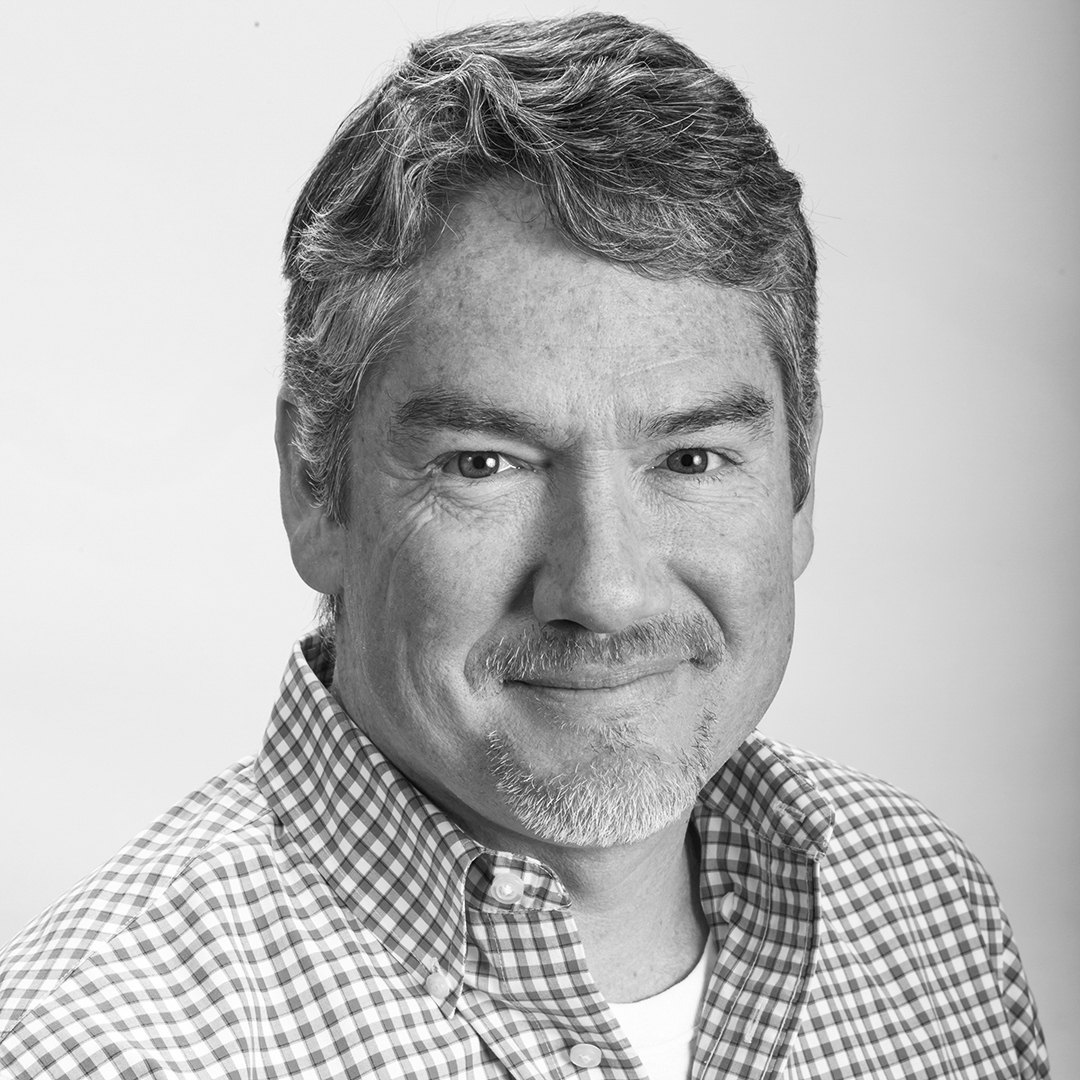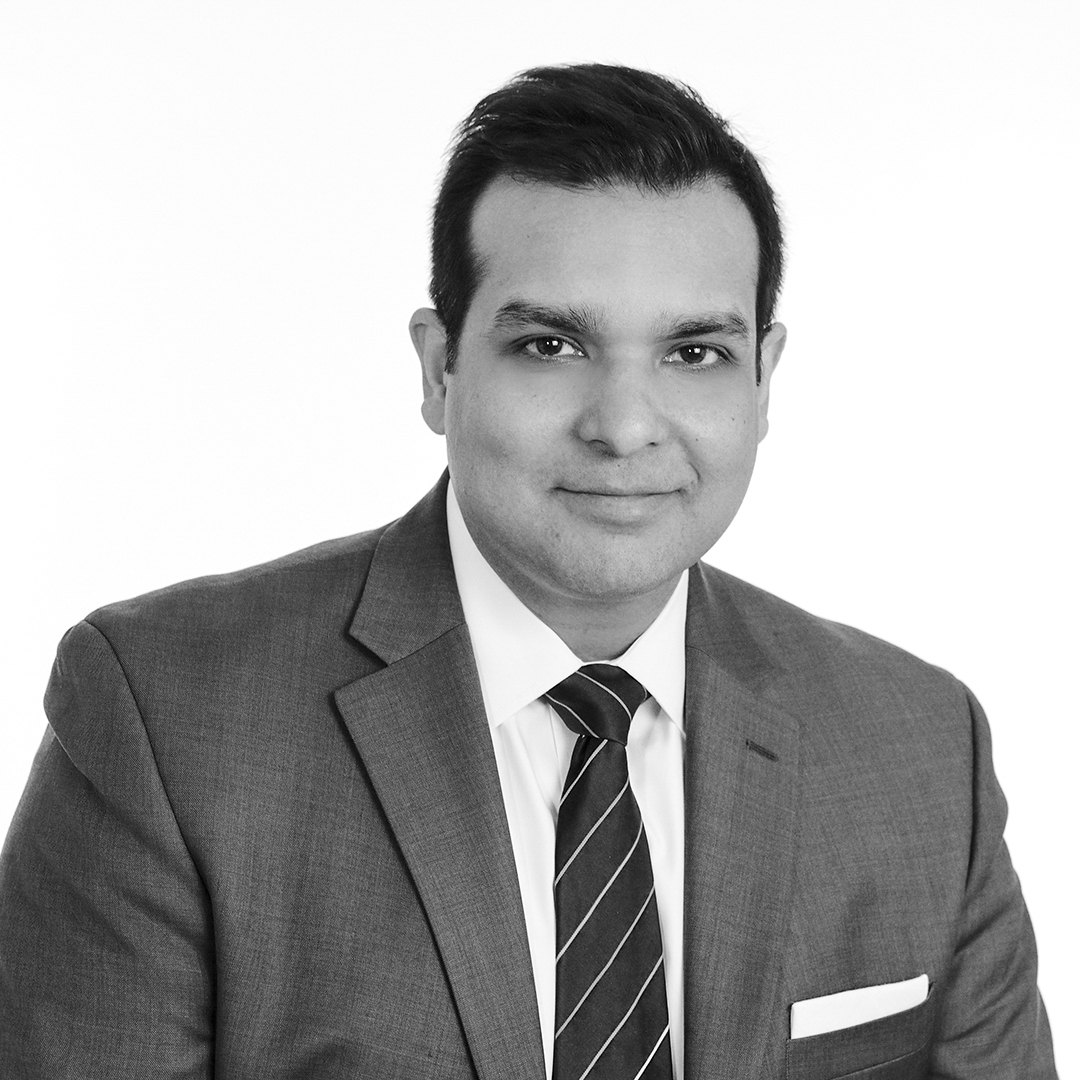Given its position near the nexus of Sunset and Vermont Boulevards in Los Angeles, CHA Hollywood Presbyterian Medical Center serves a highly ethnically and economically diverse population—providing care for the city’s homeless population, the Hollywood elite, and everyone in between. So it seems fitting the medical center is part of CHA Health Systems, an equally diverse parent company that has grown from a single obstetrics clinic in Seoul, South Korea, into an expanding network of hospitals, fertility clinics, wellness centers, and research facilities that employ about ten thousand people around the world.
“It’s a rather global organization,” says Robert Allen, president and CEO of CHA Hollywood Presbyterian Medical Center.
As CHA’s primary United States outpost, the medical center can contribute to research efforts that require a diverse pool of subjects. The staff can also collaborate with colleagues around the world to adapt and adopt best practices to fit their settings.

“We sit in on phone calls with people from Korea, Australia, Singapore, and the United States, and we share ideas to see what’s happening throughout the world,” Allen says. “That’s very unique to this enterprise.”
Collaboration and creativity are necessities in today’s climate given the challenges of the American healthcare system, he says. Among other industry issues, he and his staff are constantly trying to navigate recruitment roadblocks while trying to serve patient populations that often approach illness and medical care in very different ways.
“Recruiting staff that is clinically competent and also able to take care of the emotional needs of a very diverse population is a significant challenge for us,” he says.
Large pockets of Hollywood Presbyterian’s service area are already designated as health professional shortage areas, as well as medically underserved areas by the US Health Resources & Services Administration. What’s more, Allen is competing with two other hospitals on the very same block in an environment where shortages, especially for nurses, are expected to worsen. And costs are rising faster than Medicaid and Medicare reimbursements, which make up significant portion of Hollywood Presbyterian’s revenue. All of that means salaries alone won’t attract the clinical staff.
“Recruiting staff that is clinically competent and also able to take care of the emotional needs of a very diverse population is a significant challenge for us.”
“It’s looking at everything nurses might face in a day and trying to make it as easy for them as possible to focus on what they went to school for, which is to provide nursing care,” Allen says.
For instance, contracting with additional doctors not only improves patient access to physicians, but gives nurses the support they need to provide comprehensive care. Executives are also considering child care benefits and offering doctors a wide variety of financial partnership options when working with hospital and consulting clinical staffers, among other ideas that will help make their jobs easier.
“If you think about a hard-working executive who works eighty hours a week, that’s still less than 50 percent of the time healthcare is being delivered in a twenty-four hour organization,” Allen says. “So the most important thing an executive can do is to make sure staff has what they need, help solve problems, and roll up your sleeves alongside them to help.”
Innovation needs to be an organizational objective, he says, especially considering the scope of the changes happening at Hollywood Presbyterian. For instance, the medical center launched an eye care initiative that Allen says will put the hospital on par with top academic medical centers. His team also plans on replicating aspects of CHA’s flagship Chaum wellness center in Seoul in an effort to address patients’ overall health rather than just their clinical needs.
Hollywood Presbyterian is also in the midst of a $400 million expansion that will dramatically increase its capacity. The buildings are also being constructed to conform to new state regulations for facilities that are in seismically active zones.
The campus expansion, on pace to open in November 2020, will allow Hollywood Presbyterian to significantly expand its obstetrics and gynecology practice and its surgical capacity, among other offerings. The project has also allowed planners to build an emergency room specifically tailored to serve Hollywood Presbyterian’s patient population. As just one example, it will have facilities devoted to dealing with health issues that impact the homeless.
“Our emergency room is in a seismically active area,” Allen says. “So, that needs to be upgraded. We’re building a whole new emergency room. It will be state of the art and designed to take care of the needs of this community.”
And Hollywood Presbyterian isn’t just taking a holistic approach to health but also to healthcare. For instance, the medical center is part of the first cohort of the new Medicare initiative Bundled Payments for Care Improvement Advanced, which aims to link multiple providers’ payments for a single episode of patient care, such as surgery and the pre- and post-operative services. It’s also working with insurers to explore innovative ways to control costs.
“Let’s face it; every healthcare executive knows what the problems are in this country related to cost and access,” he says. “But the book on how they’re going to get solved really hasn’t been written yet. And it’s always scary to head into uncharted waters, but it seems to be a requirement for the job.”

